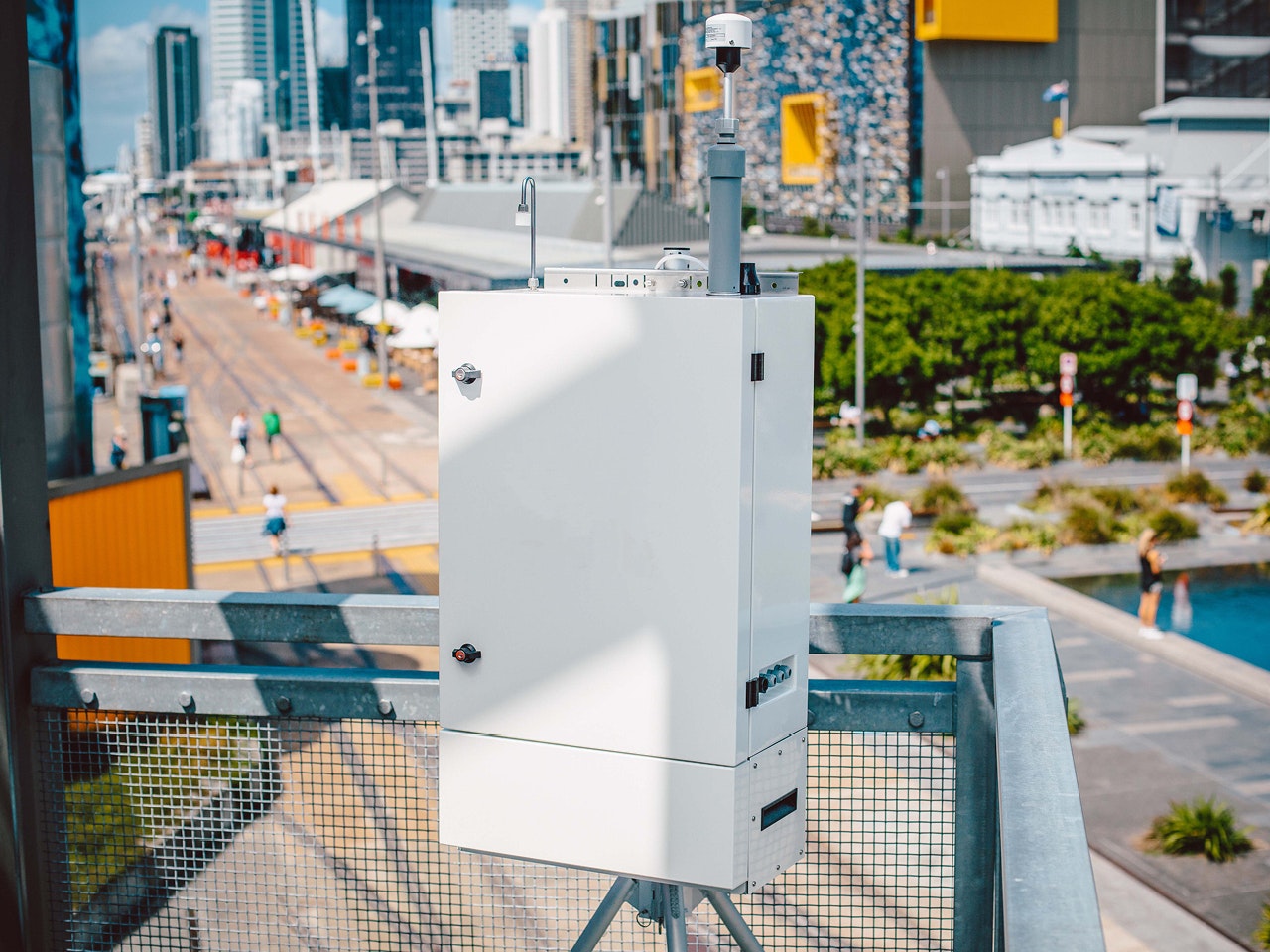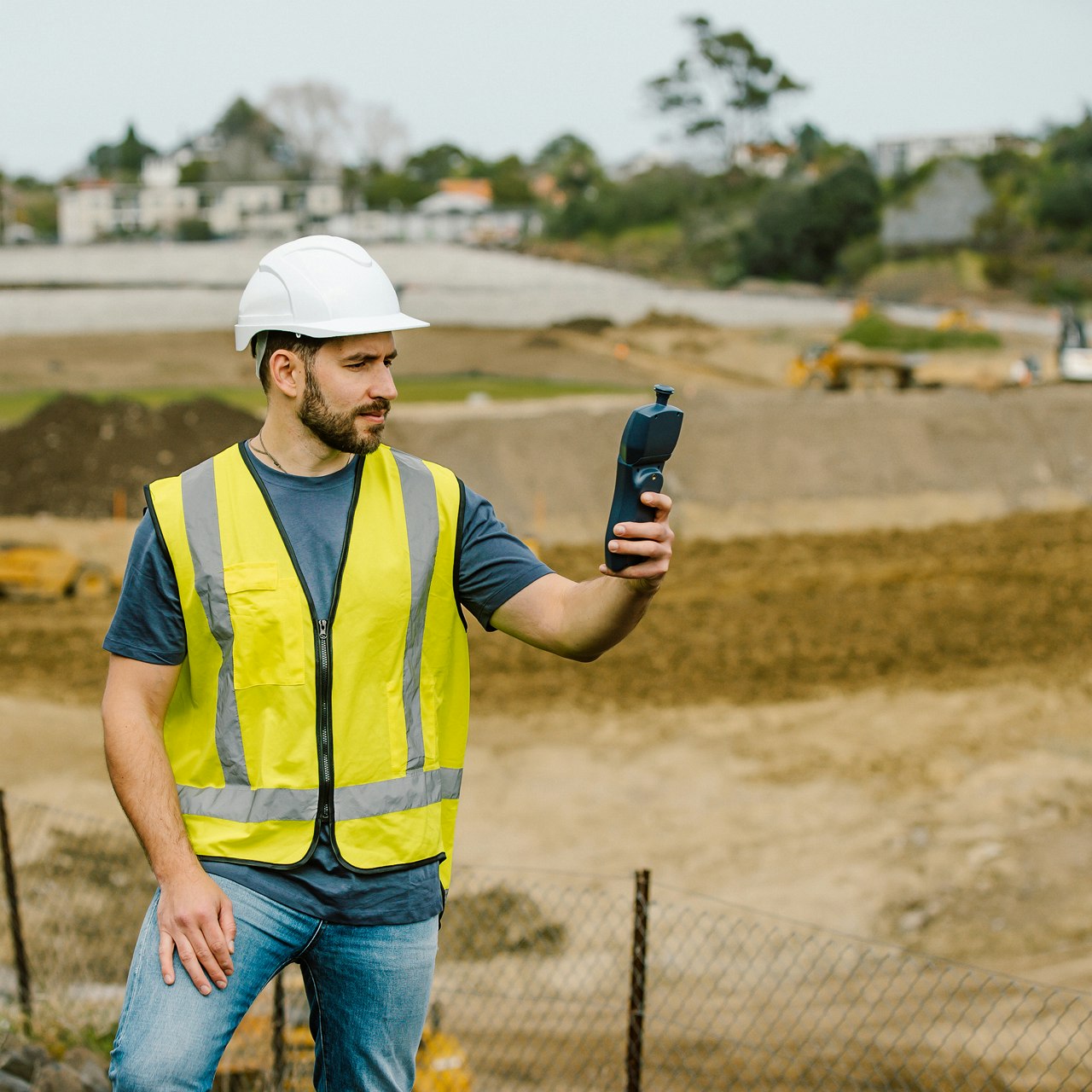Case Study
Near-Reference Monitoring Systems Drive Expansion of Georgia Air Monitoring Network
Co-location field trial satisfies Georgia EPD of viability of Near Reference sensor-based air monitors for smog air quality assessments.
Project Details
Project
Georgia Environmental Protection Division (EPD)
Location
United States
Date
2016-2017
Services
AQS 1 Air Quality Station “Smog Monitor”
Measurements
PM2.5
Sector
Community
The customer
The Air Protection Branch is part of the Georgia Environmental Protection Division (EPD), an environmental regulatory agency within state government, responsible for protecting Georgia’s air quality. To fulfil this, EPD regulates air pollution from factories, power plants, and vehicles, and operates around 35 air monitoring sites in 30 counties across the state to make sure Georgia meets all the National Ambient Air Quality Standards (NAAQS).
Live data from the air monitors is posted at airgeorgia.org where hourly data for key pollutants shows actual air quality. Data is also submitted to the national database AIRNOW for use by EPA, researchers, and health professionals. Using weather information and pollution data collected from the monitors, a forecast team produces a daily ozone and/or fine particulate pollution forecast or “smog alert” for metro areas. With the use of the air quality index or AQI, this forecast allows citizens who are sensitive to air pollution to plan their day and limit their exposure.
The problem
The American Lung Association’s 2018 “State of the Air” report found that some Georgia cities saw an increase in ozone and short-term particle pollution. Atlanta moved back on to two of the most polluted cities’ lists ranking 22nd most polluted for year-round particle pollution and tied 23rd on the list for ozone pollution. Exposure to ozone and fine particulate pollution (PM2.5) can cause respiratory issues including asthma attacks, decreased lung function, chronic bronchitis, heart attacks, and premature death.
Additional monitoring is required to understand the full extent of smog pollution, identify at risk communities, and keep citizens informed, among other initiatives. This is a challenge for agencies like EPD since conventional EPA stations are large, expensive, and not easily relocated. Against a backdrop of growing public awareness, access to lower cost air monitoring equipment is also getting easier. Citizen scientists are now able to measure neighborhood air quality and present this data to the public, media or regulators.
The solution
One of EPD’s initiatives is to field test smaller, lower cost air quality monitors and validate their performance with the objective of understanding best available technology for supplementing existing monitoring networks. Georgia EPD wanted to get ahead of the curve and understand how newer sensor- based technologies can assist the agency to engage with communities and industry. EPD collaborated with Aeroqual’s partner, J.J. Wilbur Co, to install and evaluate the Aeroqual AQS 1 air quality monitor in “Smog Monitor” configuration to measure PM2.5 and ozone. The AQS 1 uses advanced sensor-based technology to provide continuous near reference data.
EPD selected the National Core (NCore) monitoring site at Decatur, South DeKalb, Georgia, for the colocation field trial which ran from 1 August 2016 to 30 April 2017. This multi-pollutant monitoring site operates Federal Reference analyzers which are verified regularly, following EPA guidance. The trial correlated data from the NCore site to assess the AQS 1 for accuracy, reliability, and fitness for purpose.
Related products
Evaluation
During the 9-month trial the Aeroqual AQS 1 was intentionally operated without calibration checks and achieved 100% data capture with no faults reported. 1-hour average O3 concentrations showed excellent correlation to the reference O3 analyzer with an R² = 0.97. 24-hour average PM2.5 data from the AQS 1 also showed good correlation to the reference PM2.5 instrument with an R² = 0.73. See charts above.
Smoke from wildfires in Georgia and neighboring states caused high particulate levels in November 2016. Hurricane Matthew in October 2016 and several storms and tornados also occurred during the trial period. The AQS 1 withstood these events and performed with no effect despite the extreme weather. Reviewers of this study agreed that data quality from the Aeroqual AQS 1 exceeded expectations for a near reference air monitor and felt that technology of this caliber can help expand the monitoring network capability.
Want to learn more?
If you’d like to know more about this case study, or to discuss your air monitoring requirements, please get in touch.












